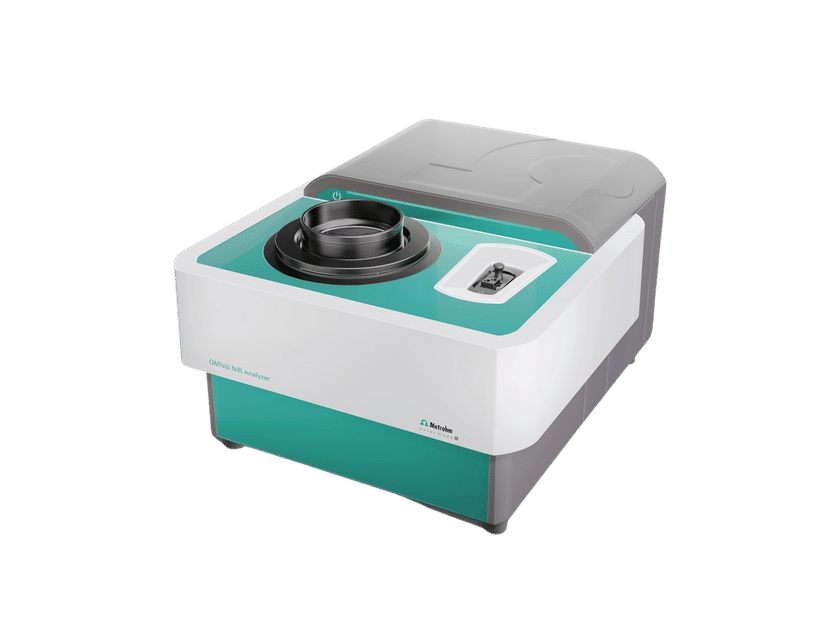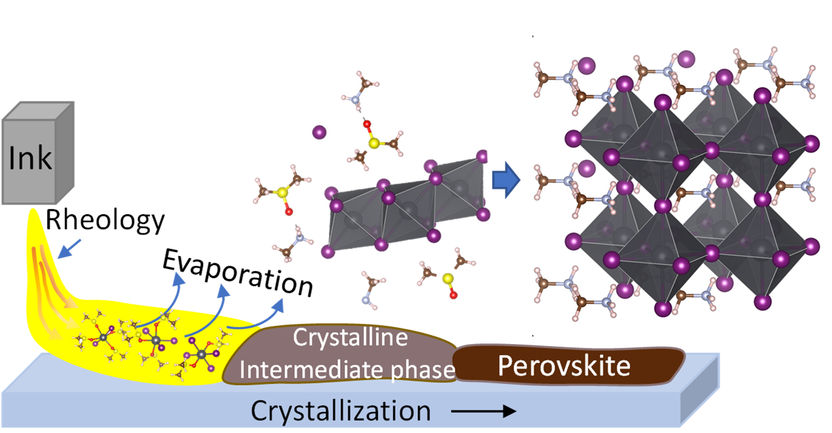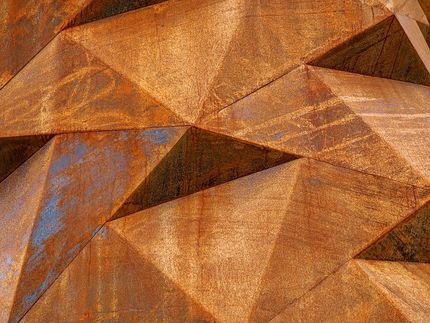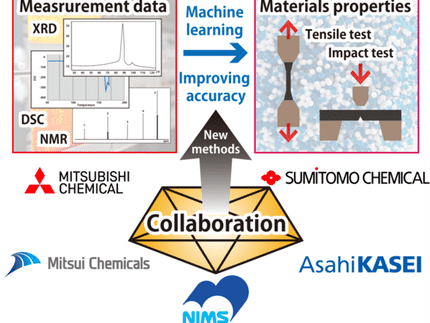Inspired by radiation
Last summer, Michael Short was so determined to continue his as-yet unfunded radiation-damage experiments that he was willing to pay to use a nuclear reactor rather than delay his work. Luckily, he didn’t have to come up with the $40,000: In December, thanks to the National Science Foundation’s Faculty Early Career Development (CAREER) program, Short was awarded enough support ($640,000) to take his group’s experiments to the next level.
“Now the work begins in earnest,” says Short, an assistant professor of nuclear science and engineering. “This is the most exciting undertaking of my career. It’s what I came here to do.”
Short is resurrecting a long-neglected idea that dates back to the Manhattan Project. Back in 1944, physicists Eugene Wigner and Leo Szilard posited that radiation damage should store energy in particular materials, which was deemed “The Szilard Complication.” Short believes radiation stores energy in all materials, including metals, in a measurable way that illustrates the defects responsible for its accumulation.
His research involves measuring and simulating this stored energy using nanoscale differential scanning calorimetry (nanoDSC) and molecular dynamics (MD) to visualize the full range of defects produced during irradiation. If his work is successful, the world of nuclear science will gain an important new tool. For instance, scientists will be able to definitively measure whether critical components in a nuclear reactor will remain intact in the coming years, or if they are more likely to break during an accident. “If you can predict that with confidence, you can use the same reactor and make more power without having to build another one,” says Short.
As a 14-year-old from Swampscott, Massachusetts, Short was introduced to the MIT campus for the first time by friends in his high school math team. From keen high school student taking summer classes, to undergraduate, to PhD student, to postdoc, to research scientist, to faculty member: Short has been on campus for more than half his lifetime. Today his office is in the same building where he studied as a teenager.
His project was born, he says, out of simple curiosity. “I was not in the radiation damage field. There were no classes about it at MIT. There was no one here researching it except in minor ways, mostly through simulations, so there was no one to teach me what was really going on.” During the faculty hiring process, he provided a research statement that declared, simply: “I want to find a measurable unit of radiation damage.” Today, he says with a smile: “I didn’t throw out any more specificity because I didn’t really know how I would do it. I had some ideas, but those didn’t pan out. It took time. Now I’m really getting somewhere.”
Short and his research group will begin by studying single crystals of pure elements, moving on to polycrystalline pure elements, and then to simple model alloys to highlight single effect changes.
“There is a reason I stayed at MIT at every opportunity. Sure, it would have been nice to live in new places. I wanted to do that. I really did. But here’s the thing: When it comes down to it, there’s just nowhere in the world with the same caliber of faculty and students. Nowhere with the same opportunities,” he says. “I love the science. I believe in the research. I want to do something big. And that means I belong at MIT.”
Topics
Organizations
Other news from the department science

Get the chemical industry in your inbox
By submitting this form you agree that LUMITOS AG will send you the newsletter(s) selected above by email. Your data will not be passed on to third parties. Your data will be stored and processed in accordance with our data protection regulations. LUMITOS may contact you by email for the purpose of advertising or market and opinion surveys. You can revoke your consent at any time without giving reasons to LUMITOS AG, Ernst-Augustin-Str. 2, 12489 Berlin, Germany or by e-mail at revoke@lumitos.com with effect for the future. In addition, each email contains a link to unsubscribe from the corresponding newsletter.
Most read news
More news from our other portals
Last viewed contents
Technological Advancements and Stringent Safety Measures Drive Growth in the European Antimicrobial Market
Biotage AB acquires rights to novel Evaporation system from Vapourtec, Ltd.
Total Fina Elf: Further Gas Reserves Discovered in Bolivia’s Block Tarija XX West

A.M.P.E.R.E. GmbH - Dietzenbach, Germany

OMNIS NIR Analyzer Liquid/Solid | NIR spectrometers | Metrohm
Strong exhibitor line-up for BioFine 2005
New data shows underdiagnosis of Irritable Bowel Syndrome (IBS) burdens patients and healthcare systems worldwide
Clariant Appoints Mathias Lütgendorf Member of the Executive Committee
Pierre Fabre acquires Over-The-Counter Business of UCB in France, Benelux, Switzerland and Greece
Dow Corning to purchase U.S. Silicon metal producer
UGA researchers achieve breakthrough in effort to develop tiny biological fuel cells





























































